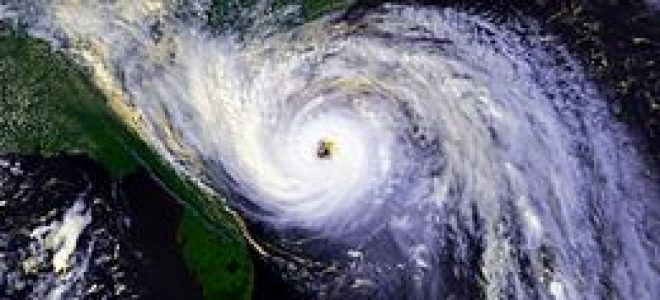Hurricane Hugo was considered to be the costliest and strongest hurricane to ever hit the United States. The same is also the case for the Caribbean. Basically, this was first identified because it occurred as a group of thunderstorms. It happened near Africa, on its west coast. This happened on the 9th of September, in the year 1989. After that day, tropical depression came to the south east of Cape Verde Islands. This was concluded by a tropical storm which immediately unfolded on the 11th. Hugo during that time was able to gain strength. This then developed into a real hurricane status after two days which was approximately 1250 miles on the east part of Leeward Islands.
Hugo in Caribbean
It was obvious in the aforementioned that the experiencing of hurricanes strength happened in three phases. Since the wind speed took place for about 160 mph, the pressure afterwards then dropped to as low as 918 MB. This happened on the 15th. During the occurrence when Hugo turned into the west of north, its weakest point was reached. This subsided on the subtropical ridge. This served as the guide in the Leeward Islands just in Caribbean.
The tropical cyclone became week eventually when it was about to reach Leeward Islands. This turned out to be dangerous since it peaked to category 4 of the hurricane. It even passed on the Guadeloupe Island and this was realized on the 17th. Throughout, almost 50 people lost their lives. This was observed in the Leewards Islands. This was the time when Guadeloupe went through a vast lost in its agricultural industry. It affected both the sugar and Banana cane crop. These were all wiped out. It was a French navy ship responsible in reporting the wind gust of it which reached 184 mph.
Hugo proceeded in St. Croix north. This was in Puerto Rico, in the eastern tip. This happened on the 18th of September. This was said to be the second drop which became a real pressure. The pressure measured 934 MB. This was for the Island of Culebra. This was just in the east of Puerto Rico. This was then the ship of the anemometer. This even registered a gust of wind of 170 mph. In the Roosevelt Roads, the wind gust measured 120 mph. When it reached San Juan Puerto Rico, it was in its 92 mph already. This was the reason for the suffering of heavy losses. Aside from the banana crops, even the industry of coffee changed that time.
The landfall was experienced in United States and Canada. This was in the north of Charleston, just in the Island of Sullivan. This was able to allow the highest storm to ever tide. This was experienced directly in Charleston. There were even winds to north of Charleston. These were blowing onshore and a surge, highest storm was driven. This was also coupled with a heavy rainfall which took place on the south where the eye of Hugo was located.



